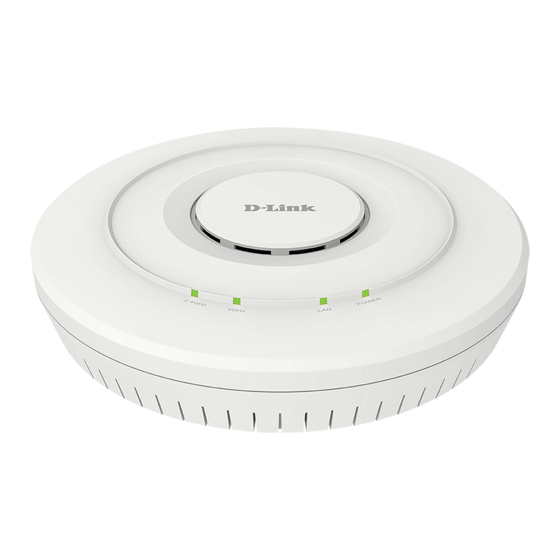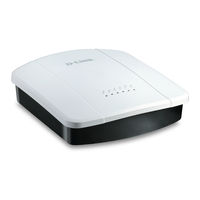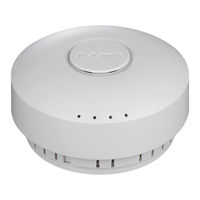
D-Link DWL-6610AP Manuals
Manuals and User Guides for D-Link DWL-6610AP. We have 6 D-Link DWL-6610AP manuals available for free PDF download: User Manual, Administrator's Manual, Quick Installation Manual
D-Link DWL-6610AP User Manual (754 pages)
DWS-4000 series access points
Table of Contents
-
-
-
-
-
-
Device View57
-
-
Using SNMP61
-
-
-
Poe Status
71 -
Serial Port
73 -
IP Address
74 -
User Login
87 -
Ping Test
95 -
Traceroute
96 -
-
Clock Detail106
-
-
Event Log118
-
Persistent Log122
-
Trap Log124
-
-
SNMP V1 and V2125
-
SNMP V3125
-
Trap Flags128
-
Supported Mibs130
-
-
-
Pool Options136
-
-
Configuring DNS
145 -
-
Cache Table150
-
Statistics152
-
-
-
Switch Detailed158
-
Switch Summary160
-
Port Detailed162
-
-
-
System Reset
170 -
Autoinstall
179
-
-
Managing Vlans
184-
VLAN Status187
-
Configuring GARP
204-
GARP Status204
-
-
-
VLAN Status217
-
-
-
VLAN Status228
-
-
-
MFDB Table238
-
MFDB GMRP Table239
-
MFDB Statistics242
-
-
-
Statistics254
-
-
Managing LLDP
258-
Statistics262
-
Lldp-Med267
-
-
-
-
Configuring ARP
288 -
-
-
Configuring RIP
304 -
Router Discovery
311 -
Router
314-
Route Table314
-
-
VLAN Routing
320 -
Advertisement
D-Link DWL-6610AP Administrator's Manual (130 pages)
unified
Brand: D-Link
|
Category: Wireless Access Point
|
Size: 6.13 MB
Table of Contents
-
-
-
-
-
Static WEP50
-
Ieee 802.1X51
-
WPA Personal53
D-Link DWL-6610AP Quick Installation Manual (21 pages)
Unified Concurrent Dual-Band Access Point
Brand: D-Link
|
Category: Wireless Access Point
|
Size: 0.94 MB
Table of Contents
-
Leds3
Advertisement
D-Link DWL-6610AP Quick Installation Manual (17 pages)
Unified Concurrent Dual-Band Access Point
Brand: D-Link
|
Category: Wireless Access Point
|
Size: 0.74 MB
Table of Contents
-
Leds4
D-Link DWL-6610AP Quick Installation Manual (13 pages)
Dual-Band 802.11n/ac Unified Wireless Access Point
Brand: D-Link
|
Category: Wireless Access Point
|
Size: 7.75 MB
Table of Contents
D-Link DWL-6610AP Quick Installation Manual (12 pages)
Dual-Band 802.11n/ac Unified Wireless Access Point
Brand: D-Link
|
Category: Wireless Access Point
|
Size: 8.47 MB
Table of Contents
Advertisement
Related Products
- D-Link AirPro DWL-6000AP
- D-Link DWL-6700AP
- D-Link DWL-6720AP
- D-Link DWL-6610APE
- D-Link DWL-6620APS
- D-link DWL-3200AP - AirPremier - Wireless Access Point
- D-link DWL-8220AP - AirPremier Wireless Switch Dualband Access Point
- D-Link D DWL-8200AP DWL-8200AP
- D-Link DWL-2130AP - xStack - Wireless Access Point
- D-Link AirPlusXtreme G+ DWL-2000AP+





